
One of the questions that comes up in citrus farming is, "how do the roots absorb nutrients and how do you fertilize them so that the crop can absorb them better?" This may be a simple question, but it is often ignored by many growers in farm management! Its importance relates to the whole process of crop nutrition. Whether the crop is robust and whether it can achieve high quality and stable yield is closely related to the fertilization method. It returns to the large-scale agricultural production, and the agricultural planting level is extremely unbalanced. There are different levels from sowing and allowing its growth to conscious artificial fertilization and then to dropping fertilizer on facilities and precise fertilization.
First, let's understand how citrus roots absorb nutrients:
1. Nutrient absorption part of citrus root system.
To understand the absorption of nutrients by the root system, we first need to know the structure of the root tip. As shown in the figure below, the root tips from the top are successively divided into root crown, meristem area, elongation area and mature area. For roots, both primary and lateral roots have apices, which are the most active part of root life and play an important role in absorbing nutrients. Usually, the life span of the root hairs in mature areas of the root tips is only 1-2 weeks. After the root hairs die, the elongation area will produce new root hairs to supplement, so the root hairs keep moving forward and change the position of the roots in the soil to absorb nutrients. The formation of root hairs greatly increased the area of the root system to absorb nutrients, but root hairs were easily affected by soil moisture and could hardly develop in arid soil.
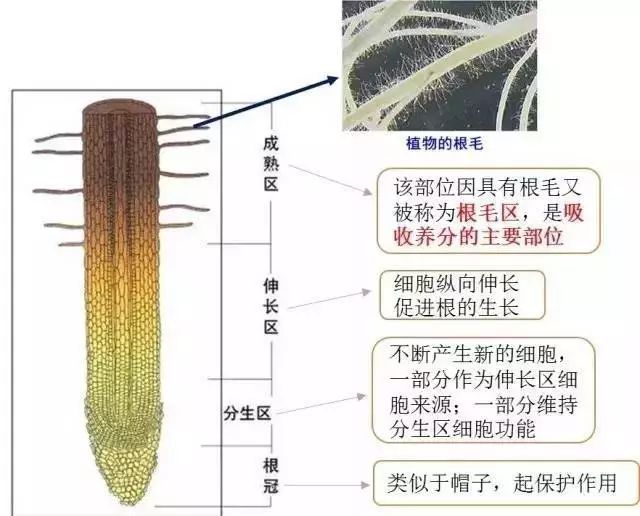
The citrus root system mainly consists of primary root, lateral root, fibrous root and arbuscular mycorrhizal, arbuscular mycorrhizal is a symbiont formed with the citrus root system from one end of mycorrhizal mycelium. Because citrus root hairs are few and short or none, they largely rely on arbuscular mycorrhizal to replace the absorption function of root hairs, and arbuscular mycorrhizal helps them absorb water and nutrients.
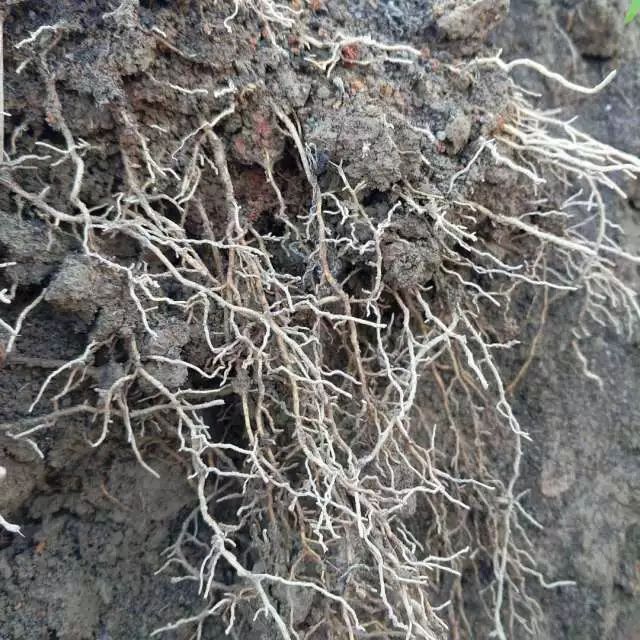
Good roots arbuscular mycorrhiza more.
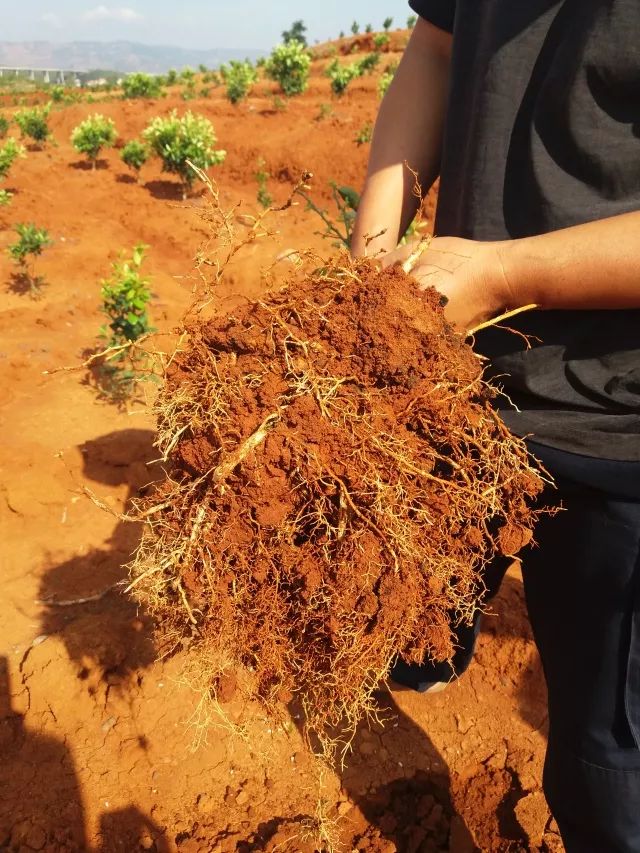
2. Nutrient absorption process of root system.
For the whole soil space, root system distribution only accounts for about 3% of the volume, and only relying on the active root system to forage for nutrients cannot meet the needs of crop growth, so the migration of nutrients to the root surface is an important way for plants to obtain nutrients. There are three main migration routes of soil nutrients to the root surface: active interception, mass flow and diffusion, as shown in the figure below.
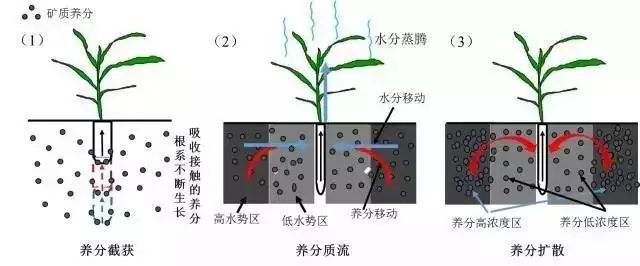
①Active interception: roots "eat" wherever they go, taking nutrients directly from the soil they come into contact with. However, the nutrient obtained in this way is only a small part, because the root system takes up a small volume, which is mainly obtained by mass flow or diffusion.
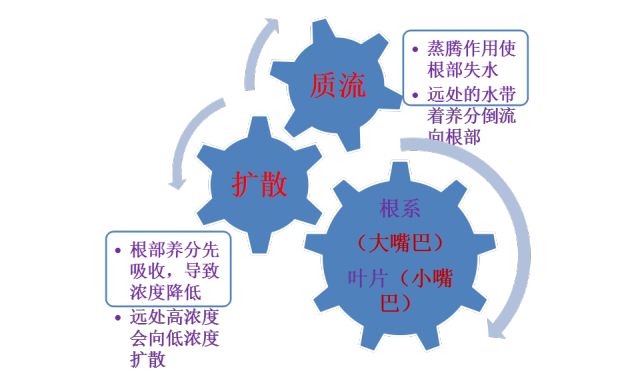
②Mass flow: it depends on the root system absorbing water and the transpiration of plants. In this process, the "pull" of water is constantly formed in the plant body, leading to the pressure difference between the soil solution and the root surface, and the pressure causes soil nutrients to migrate to the root surface with water.
(3) diffusion: the root system continuously absorbs nutrients from the soil (under the action of interception and mass flow), which leads to the decrease of the nutrient concentration in the soil in the root area. The soil nutrient concentration in the soil farther from the root area is relatively higher, which helps the nutrient diffusion to the area with low concentration and then reaches the root surface.
The migration of nutrients to the root surface must be mediated by water, regardless of mass flow or diffusion. In other words, fertilizer can only reach the root surface and be absorbed if it is dissolved in water. Otherwise, nutrients become ineffective and cannot be absorbed by the root system.
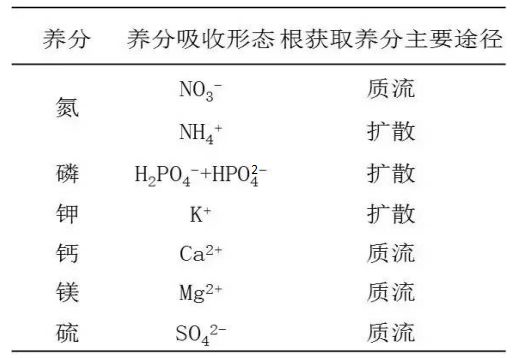
3. Citrus root growth peak.
Citrus root growth alternates with shoot growth: when shoot growth (extraction), root growth is inhibited (weakened), new root growth peaks appear after shoot aging stops growing, root growth requires carbohydrate supply from leaves, and shoot growth depends on root absorption of nutrients and water.
There were three growth peaks of citrus root system in a year, and the growth peak of root system was always in a reciprocal relationship with the growth peak of branch tip. The second growth peak of root system was from spring to summer. The third growth peak of root system was before the aging of summer shoot and the large number of autumn shoot.
Relationship between fertilization method and nutrient uptake in root system.


Root distribution layer was measured.
Citrus is a shallow root crop, and the root depth is generally 10cm-----40cm, which is of course related to the selection of rootstock. With the growth of the plant, the horizontal growth distance of citrus roots at different ages is different, which is generally the periphery of the drip line. Therefore, the location of fertilization should be consistent with the concentrated area of root distribution. There are several different fertilization methods:
Organic fertilizer base application:
Organic fertilizer as soil improvement, generally through good organic materials sheep dung, cow dung, silkworm dung, humus soil, plant ash, smoke foam, bagasse, straw, etc., according to different organic materials C/N calculation according to a certain proportion of mixed before full fermentation, fermentation of organic materials C/N should be in 25 -- 30:1. In order to avoid the secondary fermentation of organic fertilizers in the soil (especially in the rain season) to generate heat and burn roots, it is necessary to mix the organic fertilizers with the soil evenly during the basal application. At the same time, soil improvement effect can be achieved only when the organic fertilizers are mixed with the soil evenly.
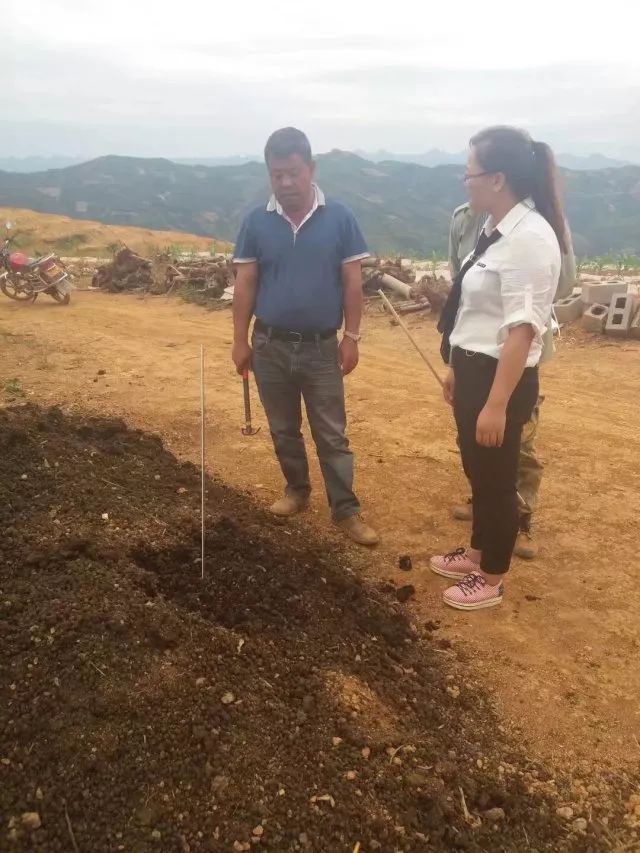
Organic fermentation - temperature measurement.
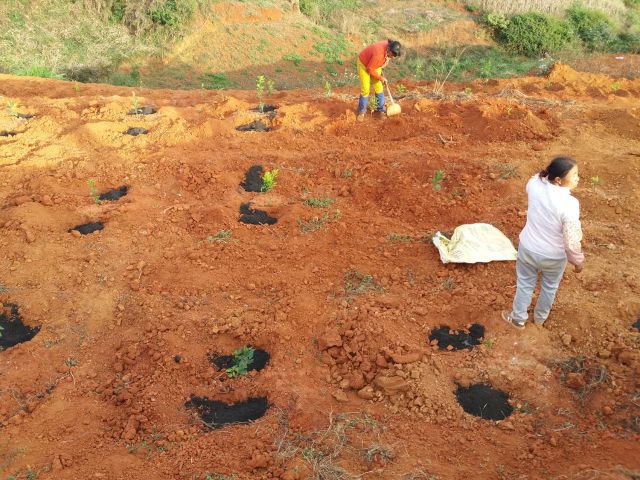
Organic fertilizer was not mixed with soil and buried (wrong method).
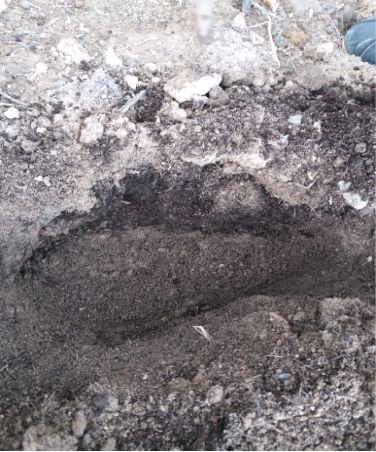
The organic fertilizer was directly applied in the hole without evenly mixing the soil.
(2) artificial surface broadcasting:
As plant roots have the property of water to fertilizer, some often spread fertilizer on the soil surface for the convenience and labor saving, resulting in the root system to absorb fertilizer to the surface and form the bare floating skin root, once encountered drought (especially sticky soil) surface cracking will lead to root fracture, thus damaging the root system. At the same time, exposed to the surface layer of the plant is not resistant to wind, hanging fruit and rain after more serious, timely soil.
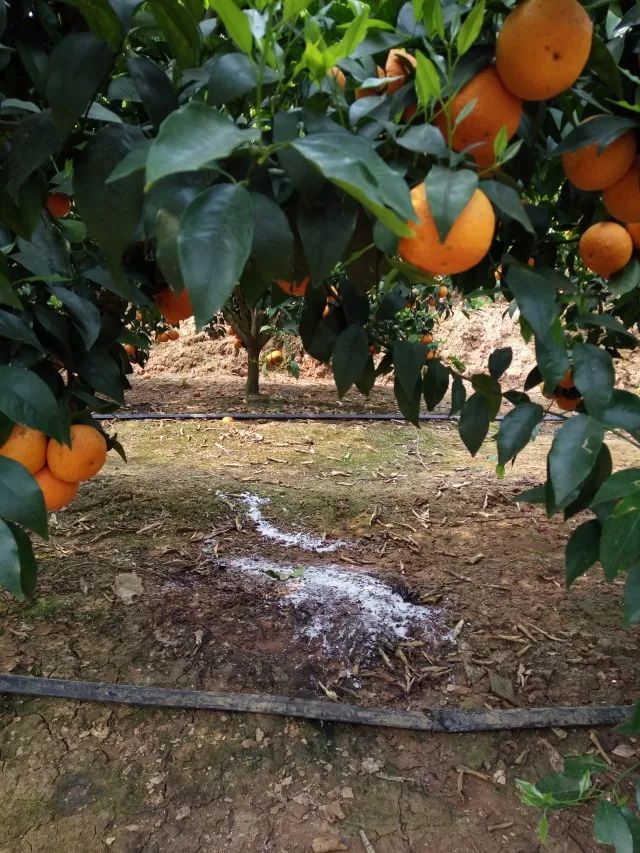
Unreasonable spreading (not fully dissolved or directly spreading).
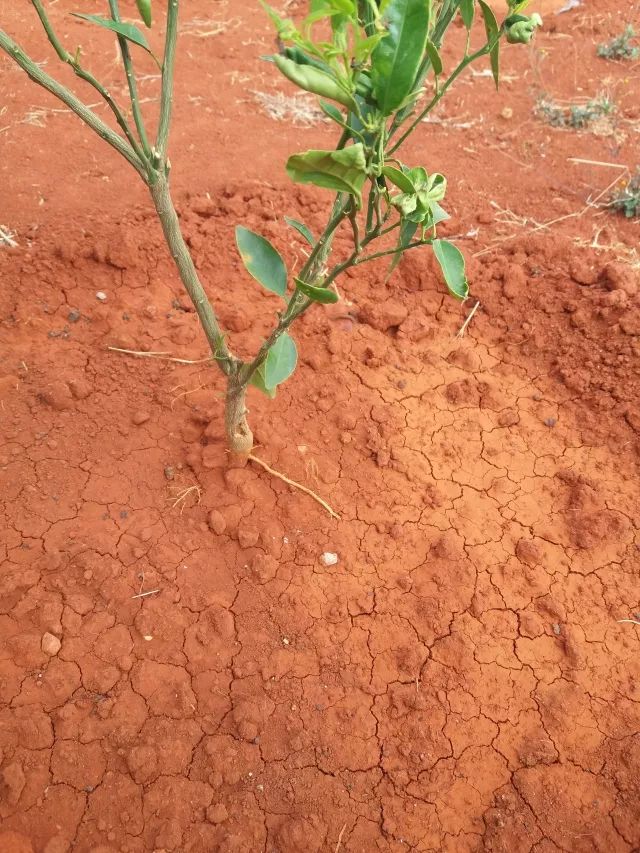
Young trees whose roots are exposed to the surface should be soiled in time.
(3) pump gun soil spray:
Compared with manual irrigation, pump gun soil-inserted irrigation is less labor intensive, mainly for small trees planted with mulch, soil-inserted spraying can effectively deliver fertilizer to the main distribution layer of root system for nutrient absorption, and if poured, it is easy to collect fertilizer in the main root, which is not conducive to arbuscular mycorrhizal absorption. Therefore, the position of the pump gun is very important, and the main distribution layer of the root system is the main one.
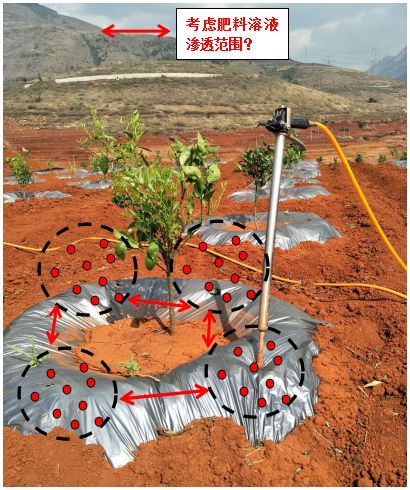
④Manual pouring:Artificial watering is a relatively traditional way of fertilization, and the labor cost is very high. As China's aging population increases, the physical strength of the older generation of farmers cannot keep up, and they will be gradually eliminated by The Times.
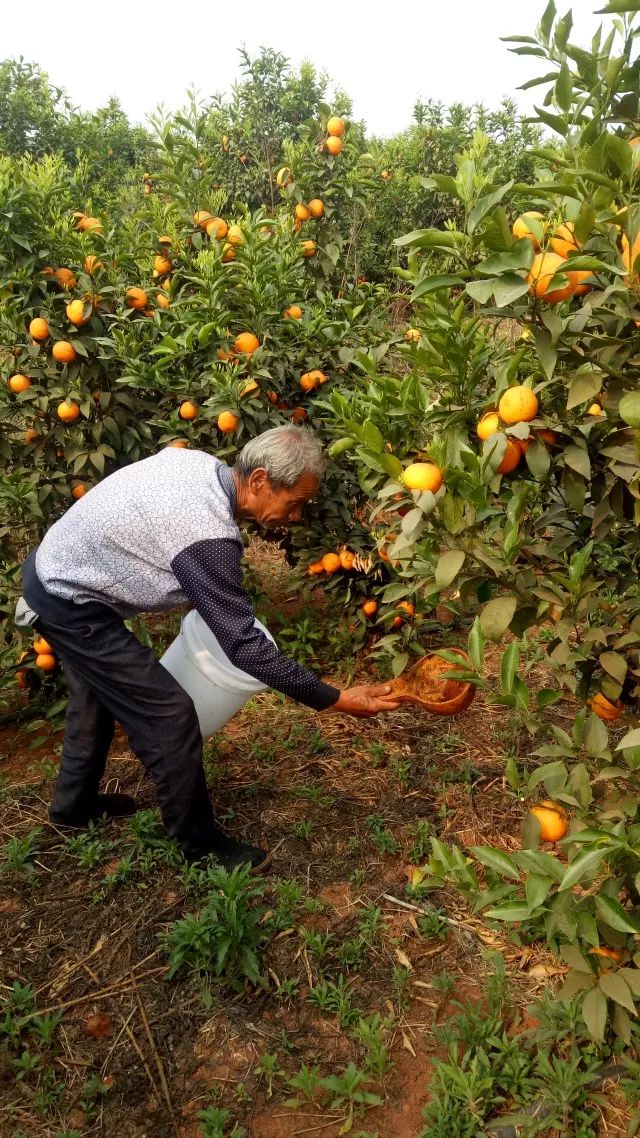
⑤Irrigation and spraying:
To some extent, sprinkling irrigation and fertilization has liberated labor productivity, but sprinkling irrigation also has some disadvantages, such as surface runoff formed by sprinkling, evaporation and loss of nutrients by transpiration, uneven sprinkling coverage, and uneven pressure leading to unequal nutrient distribution.
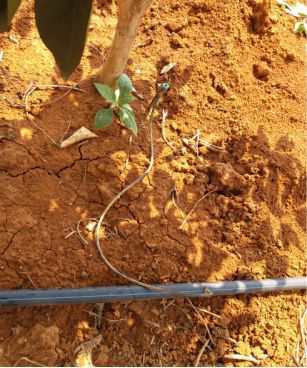
⑥Drip irrigation:
With the development of agriculture, drip irrigation facilities are used more and more. Yunnan is a plateau characteristic agriculture, with complex land environment and diverse crop types, so the application requirements of drip irrigation facilities are relatively high, and the implementation difficulty of integrated technology of water and fertilizer is also increased. The requirements of the first system of the facility and the requirements of the drop head flow and pressure compensation in the field are related to the uniform absorption of nutrients by crops. Good fertilizers can only be effectively supplied to crops by combining with the facilities. The following is an integrated field survey of water and fertilizer in a base:
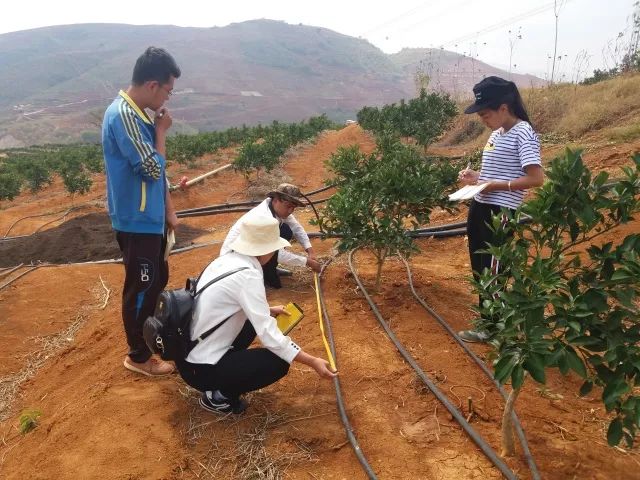
Count the number of drops
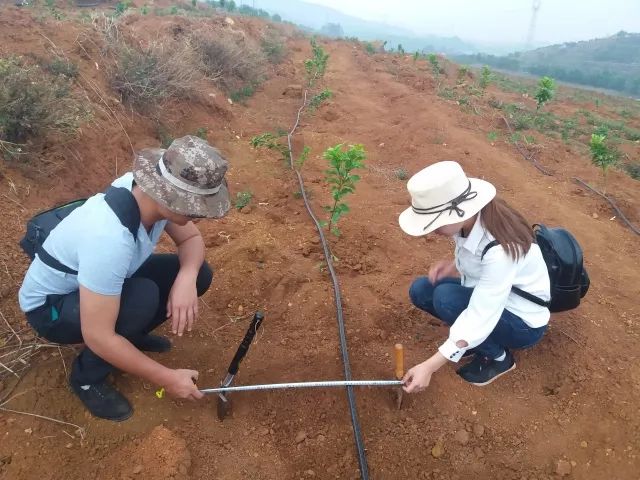
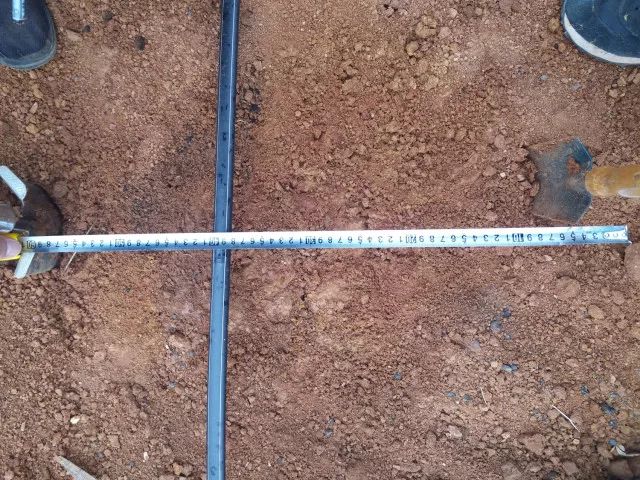
Longitudinal diffusion measurement

Lateral diffusion measurement
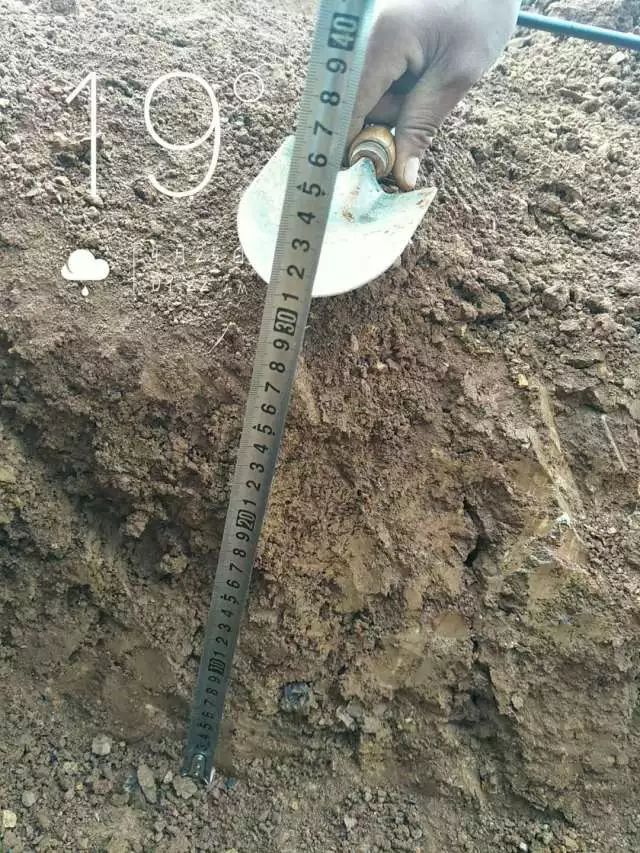
Depth penetration survey
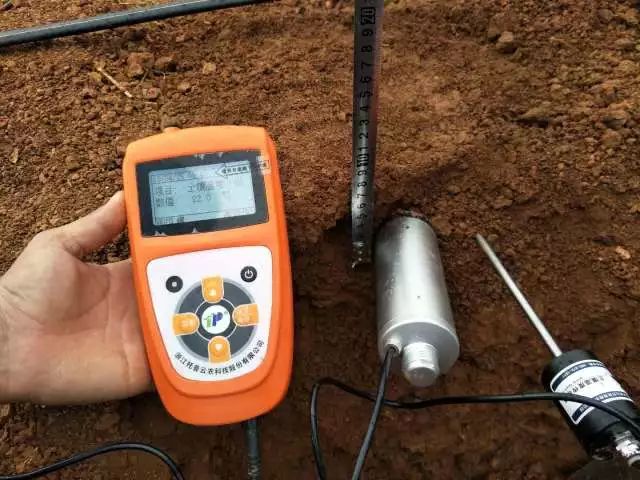
Temperature measurement
According to the measured data, the changes are shown in the figure below:




According to above, the change of the measured data and graphics: by drip irrigation, fertilizer liquid to spread rapidly permeate root by mass flow and the main distribution layer, over time, soil moisture, temperature, diffusion distance change accordingly, to drip irrigation can provide efficient crop water and nutrients, understand the basic principle of facilities and combined with the actual situation is the key to make cucumber.
Above for fertilizer application ways of field farming operation, cut both ways, but fertigation is ideal way of fertilizing, whatever the fertilizing, its purpose is to maximize utilization rate of fertilizer, according to different crops, different age, different soil, water and climate conditions "for fertilization," let the crop nutrient can feel every breath is a kind of "satisfaction", the normal performance of crop is to give our greatest encouragement.
